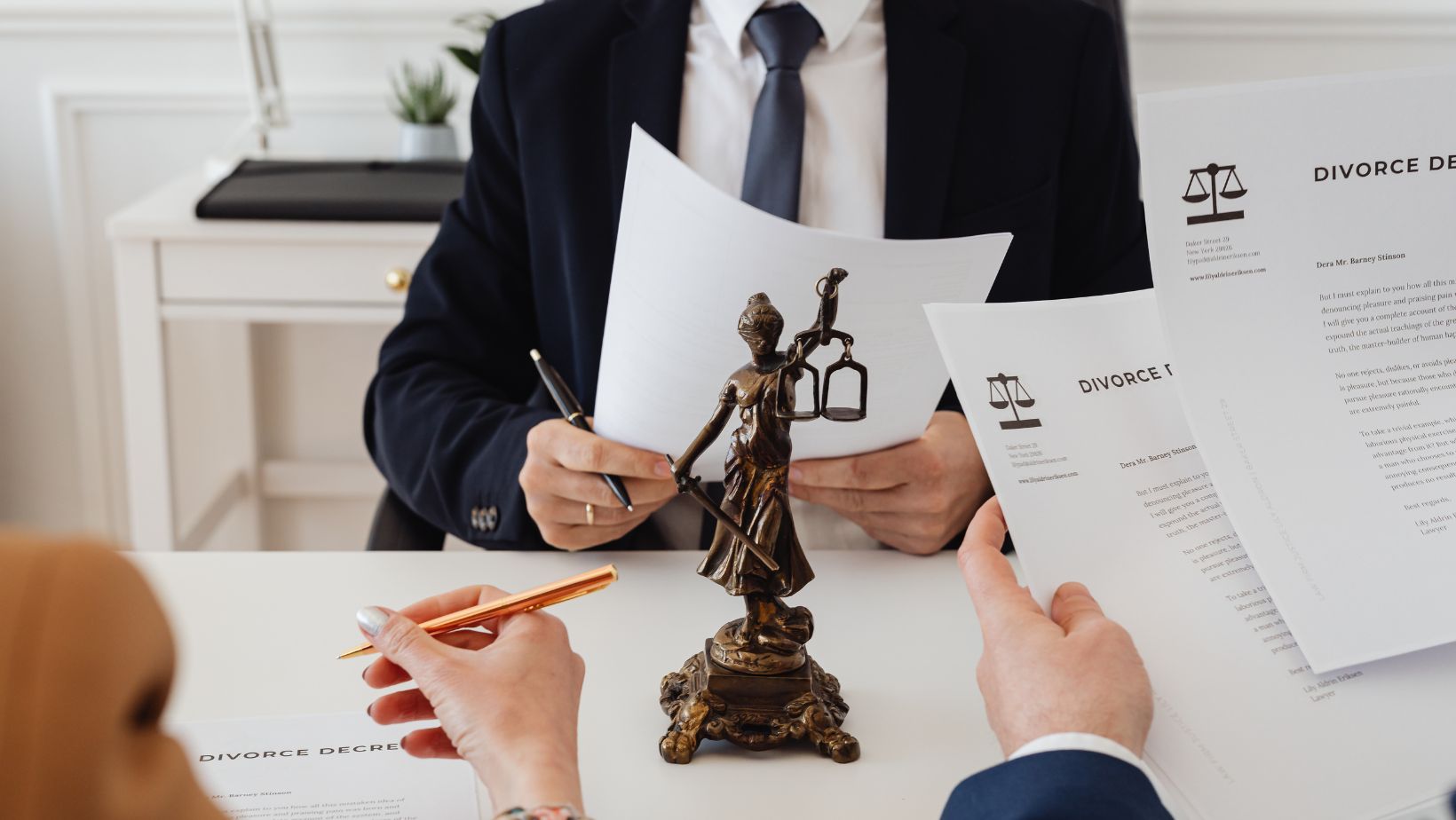Today’s electric-powered motorcycles match traditional gas-powered motorcycles’ performance, power, and speed. As a result, motorcycle enthusiasts have more confidence in these motorcycles, resulting in a gradual but steady increase of electric-powered motorcycles on Ohio roads.
Ohio motorcycle laws treat electric-powered motorcycles the same as their gas-powered counterparts. So, if you have been involved in a motorcycle accident and intend to file a claim, you will follow the same procedure for claims involving gas-powered bikes.
Common Causes Of Electric Motorcycle Accidents
Electric motorcycles are usually the same size as their gas-powered counterparts, so poor visibility is a problem when sharing the road with larger vehicles.
 The best fix to poor visibility is wearing brightly colored clothes during the day and reflective vests at night. Some states have laws requiring riders to always have their headlights on to increase visibility, but Ohio doesn’t. But it is a smart thing to do. Another smart thing to do is to get in touch with Toledo motorcycle accident lawyer Charles Boyk.
The best fix to poor visibility is wearing brightly colored clothes during the day and reflective vests at night. Some states have laws requiring riders to always have their headlights on to increase visibility, but Ohio doesn’t. But it is a smart thing to do. Another smart thing to do is to get in touch with Toledo motorcycle accident lawyer Charles Boyk.
Other causes of motorcycle accidents, regardless of the type of engine, are speeding, DUI, distracted driving, weather, violation of traffic rules, etc.
Electric motorcycles have additional challenges that are unique to them based on their types of engines. One example is the overheating of the electrical components, which can lead to fires. They also are less noisy, which, though a good thing, could also mean that other road users will not hear them approach.
Who Is Liable For A Motorcycle Accident
Liability for a motorcycle accident lies with the person whose actions or inaction led to the accident. It can be other road users if their negligence caused the accident. For example, if a driver fails to check their blind spot and turns, getting in the way of a rider and causing an accident, the driver will be liable.
The motorcycle rider can also be liable if their actions caused the accident, for example, if they were riding on the wrong road. Liability could also fall on third parties—for example, the motorcycle manufacturer in situations where a fault in the motorcycle causes injuries.
Under Ohio tort law, each party must bear responsibility for their action, which can mean reduced compensation for a victim who had a part in the accident or losing the right to compensation altogether. Ohio is a modified comparative state where victims lose their right to compensation if they are more than 50 percent at fault in an accident.
Proving Liability
It’s unlikely that the at-fault party in an accident will accept fault. You have to prove it using evidence. Evidence gathering should start by taking pictures and recording video footage of the scene. If you can’t, ask someone to do it for you. Talk to witnesses, if any, and gather their contact information to reach them should you need to have them appear in court.
Another important piece of evidence is medical records. It is best to get checked up at the scene by paramedics because it helps create a link between your accident and your injuries. If you don’t, go to the ER as soon as possible and make sure you preserve every medical document. You will also want to preserve financial records of all expenses and losses incurred due to your accident, such as employment records showing missed work days, receipts, invoices, quotes, etc.
 While evidence is a critical part of a strong case, involving a personal injury lawyer adds more weight to your case and improves your chances of fair compensation by up to five times.
While evidence is a critical part of a strong case, involving a personal injury lawyer adds more weight to your case and improves your chances of fair compensation by up to five times.
Conclusion
Electric-powered motorcycles rival gas-powered bikes in terms of performance, making them a growing presence on Ohio roads. Ohio laws treat both types of motorcycles equally, so accident claims follow the same procedure regardless of engine type. However, electric motorcycles present unique challenges, such as reduced visibility and quieter engines, which can contribute to accidents. Liability for motorcycle accidents falls on the responsible party, whether it’s another road user, the rider, or even the manufacturer. Since Ohio is a modified comparative fault state, proving liability through thorough evidence collection is essential. Partnering with a personal injury lawyer can strengthen your case and help ensure fair compensation.
